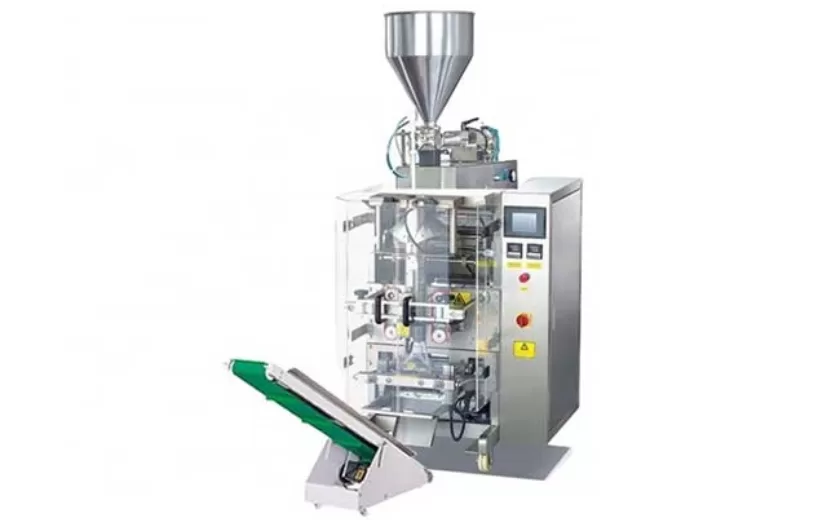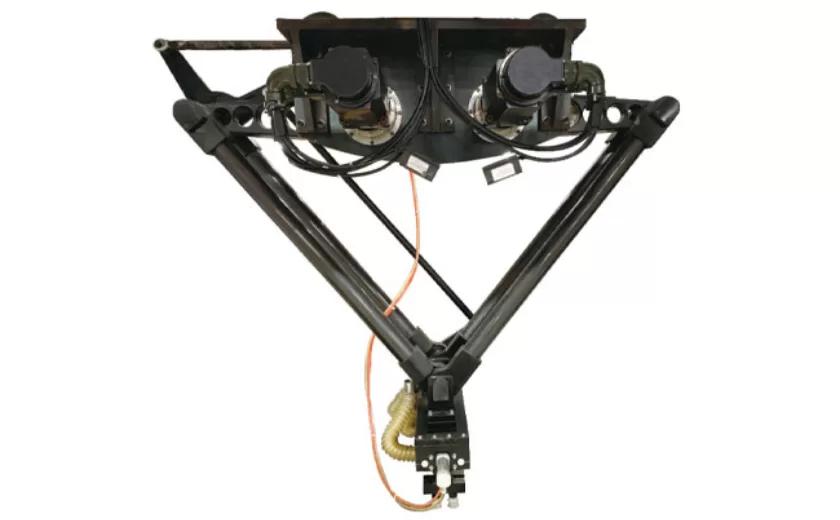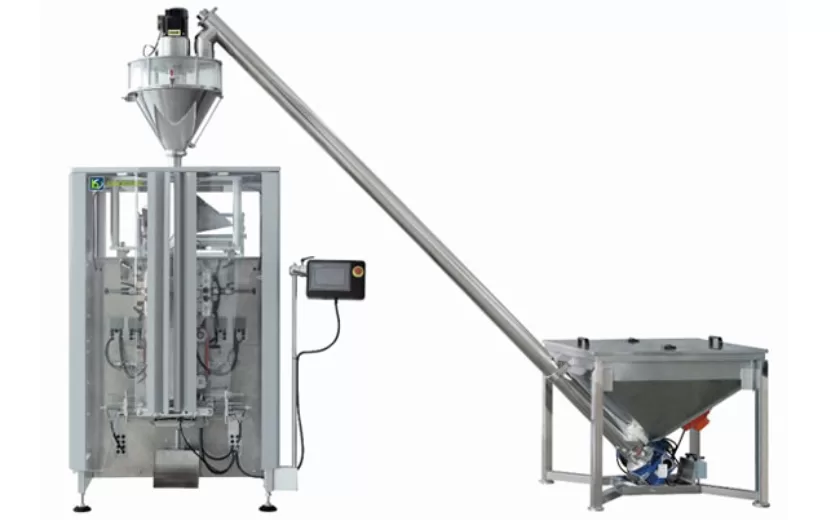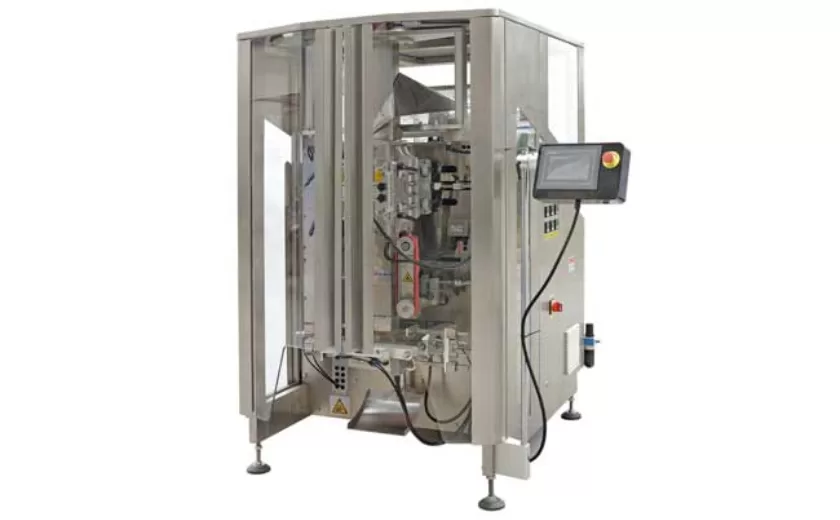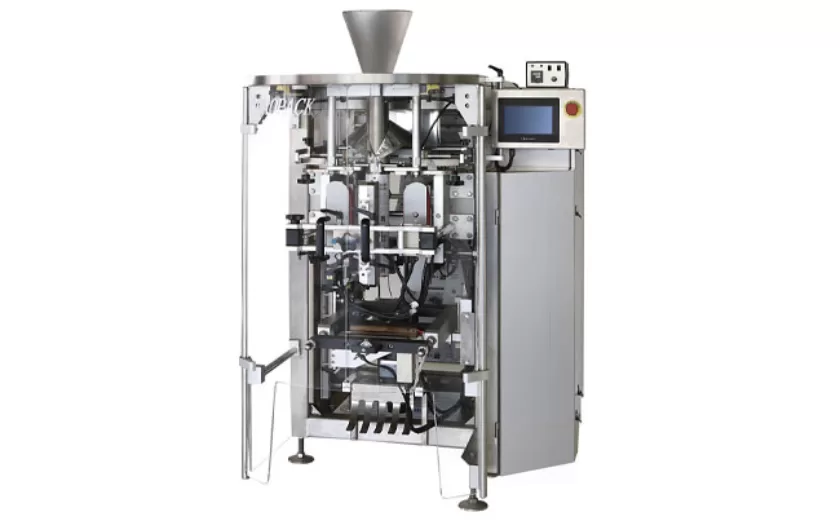How to Optimize Production Lines with Net Weight Filling Machines
In today’s competitive manufacturing landscape, optimizing production lines is crucial for maximizing efficiency, minimizing costs, and meeting customer demand. Net weight filling machines play a significant role in this optimization process, ensuring accurate and efficient filling of products into packages. This article provides a comprehensive guide to optimizing production lines with net weight filling machines, addressing key aspects from precision and speed to troubleshooting and maintenance.
Precision and Accuracy
Precision and accuracy are paramount for net weight filling machines. High-quality machines utilize advanced technology, such as load cells and feedback systems, to ensure that each package receives the correct weight of product. This minimizes product giveaway, reduces waste, and improves product quality and customer satisfaction.
Speed and Efficiency
Speed and efficiency are essential for maintaining production throughput. Net weight filling machines with high speeds can keep up with the demands of high-volume production lines. Automation features, such as automatic product feeding and indexing, contribute to increased efficiency and reduced labor costs.
Compatibility and Integration
Compatibility and integration with existing production lines are crucial for seamless operation. Net weight filling machines should be compatible with different container types, such as bottles, jars, and bags. They should also integrate easily with conveyor systems, labeling machines, and other equipment to create a smooth and efficient production flow.
Troubleshooting and Maintenance
Troubleshooting and maintenance are essential aspects of optimizing production lines. Net weight filling machines should be equipped with diagnostics and monitoring systems to identify and address potential issues before they cause downtime. Regular maintenance, including cleaning, calibration, and lubrication, is vital for maintaining machine performance and preventing costly breakdowns.
Operator Training and Safety
Operator training and safety are important considerations for production line optimization. Well-trained operators can minimize errors and ensure the safe and efficient operation of net weight filling machines. Adequate safety measures, such as guards, emergency stop buttons, and proper lockout procedures, are crucial for protecting operators and preventing accidents.
Optimizing production lines with net weight filling machines requires careful consideration of precision, speed, compatibility, troubleshooting, and operator training. By implementing these principles, manufacturers can maximize efficiency, minimize costs, and meet customer demand. With the right net weight filling machines and a focus on continuous improvement, businesses can optimize their production lines and gain a competitive edge in the marketplace.
-
Advanced Packing Solutions: Snacks, Sugar, and Frozen Food Machines
29-10-2025 -
Efficient and Reliable Solutions for Salt, Nuts, and Frozen Dumplings Packing
29-10-2025 -
High-Performance Biscuits, Lollipop, and Ketchup Packing Machines for Modern Food Production
29-10-2025 -
Efficient Liquid Filling and Packing Machines for Modern Production
23-10-2025 -
Reliable Granule Packaging Machines for Efficient Production
23-10-2025 -
Efficient Auger Powder Filling Machines for Accurate Packaging
23-10-2025 -
High-Performance Liquid Filling and Packing Machines for Hygienic Production
10-10-2025 -
High-Efficiency Granule Packaging Machines for Precision and Speed
10-10-2025 -
High-Precision Auger Type Powder Filling Machines for Efficient Packaging
10-10-2025 -
Efficient Vertical Form Fill Seal Packaging Machines for Smart Production
10-10-2025





